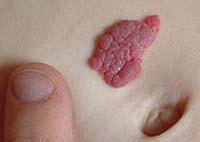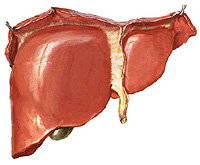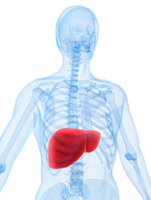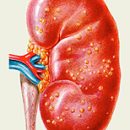Today, pancreatic cancer is one of the most aggressive ailments. However, to fight for their lives to people suffering from this dangerous disease can and need. What methods of treating pancreatic cancer practices modern medicine? The answer to this question is the author of this article.
Content
Pancreas Cancer: Risk Factors and Predecessor Diseases
Pancreatic cancer refers to cancer localizations, morbidity and mortality from which worldwide is growing steadily. Sick in the main face of the elder, after 60 years. Men and women are sick equally often. In the mortality structure from malignant neoplasms into the specific weight of the pancreatic cancer is about 5%.
Among risk factors should be noted smoking, alcohol, oily and acute food, diabetes, calculous cholecystitis, liver cirrhosis, etc.
The following diseases of the pancreas are distinguished, which are attributed to the precancer:
- chronic pancreatitis, especially induced pancreatitis;
- pancreatic adenoma;
- Pancreatic cysts (postpancreatic, post-traumatic).
The most frequent localization of the pancreatic cancer is the head - in 50-60% of cases, the total damage to the pancreas is observed in 20-35% of cases, the body is affected by about 10%, the tail is 5-8%.
Macroscopically pancreatic cancer looks like a dense buggy node of different sizes, without clear boundaries with the surrounding normal cloth; On the section of a tumor of white or light yellow color, with separate sections of decay, dense consistency.
Treatment of pancreatic cancer
 Treatment of pancreatic cancer - one of the most complex sections of oncology. The difficulties of treatment are primarily related to the fact that patients with pancreatic cancer are the faces of the elderly and senile age with a mass of concomitant diseases and a common tumor process with the defeat of the adjacent organs.
Treatment of pancreatic cancer - one of the most complex sections of oncology. The difficulties of treatment are primarily related to the fact that patients with pancreatic cancer are the faces of the elderly and senile age with a mass of concomitant diseases and a common tumor process with the defeat of the adjacent organs.
There are three main methods for the treatment of pancreatic cancer: surgery, radiation therapy and chemotherapy. Depending on the stage of the disease, one, two or all three methods of therapy can be applied.
With a small tumor, when it is possible to complete the tumor removal, the purpose of the operation is the cure. If the tumor cannot be completely removed, then the goal of operational intervention is to facilitate the symptoms and the prevention of possible complications in the future. Such an operation is called palliative.
Palliative operations in pancreatic cancer are aimed at eliminating pain syndrome, mechanical jaundice, duodenal obstruction.
The surgical method of treatment at the present stage is the leading method for the treatment of pancreatic cancer. Operation in the pancreatic cancer ranges from 10 to 25%. Postoperative mortality, reaching 25-40% depends on the stage of the tumor.
The average life expectancy of patients with an established diagnosis of pancreatic cancer is:
- Without surgery - about 6 months;
- After a radical operation - 1.5-2 years (depending on the stage of the tumor);
- After a palliative operation - 6-12 months.
Radiation and drug therapy are used to destroy or reduce the tumor. Radiation therapy is held 5 times a week for several weeks or months.
Radiation therapy is often used with chemotherapy in cases where the tumor cannot be removed surgically.
In the treatment of pancreas cancer, the following types of radiation therapy are used:
- remote gamma therapy;
- irradiation of brake radiation;
- exposure to fast electrons.
Preoperative, intraoperative and postoperative irradiation courses are carried out. The average life expectancy of patients receiving radiation therapy about the pancreatic cancer is 12-13 months, and in combination with palliative operations - about 16 months.
In- and extractive mortality is associated with cancer intoxication, local and common radiation reactions. Chemotherapy applies independently in cases of impossibility of conducting other treatment with a common process or in combination with other methods of treatment. The effectiveness of monochimotherapy is 15-30%, polychimotherapy - 40%, and it is possible to achieve only partial regression of the tumor.
The five-year survival of patients after radical surgical treatment according to various authors is 8-35%.









